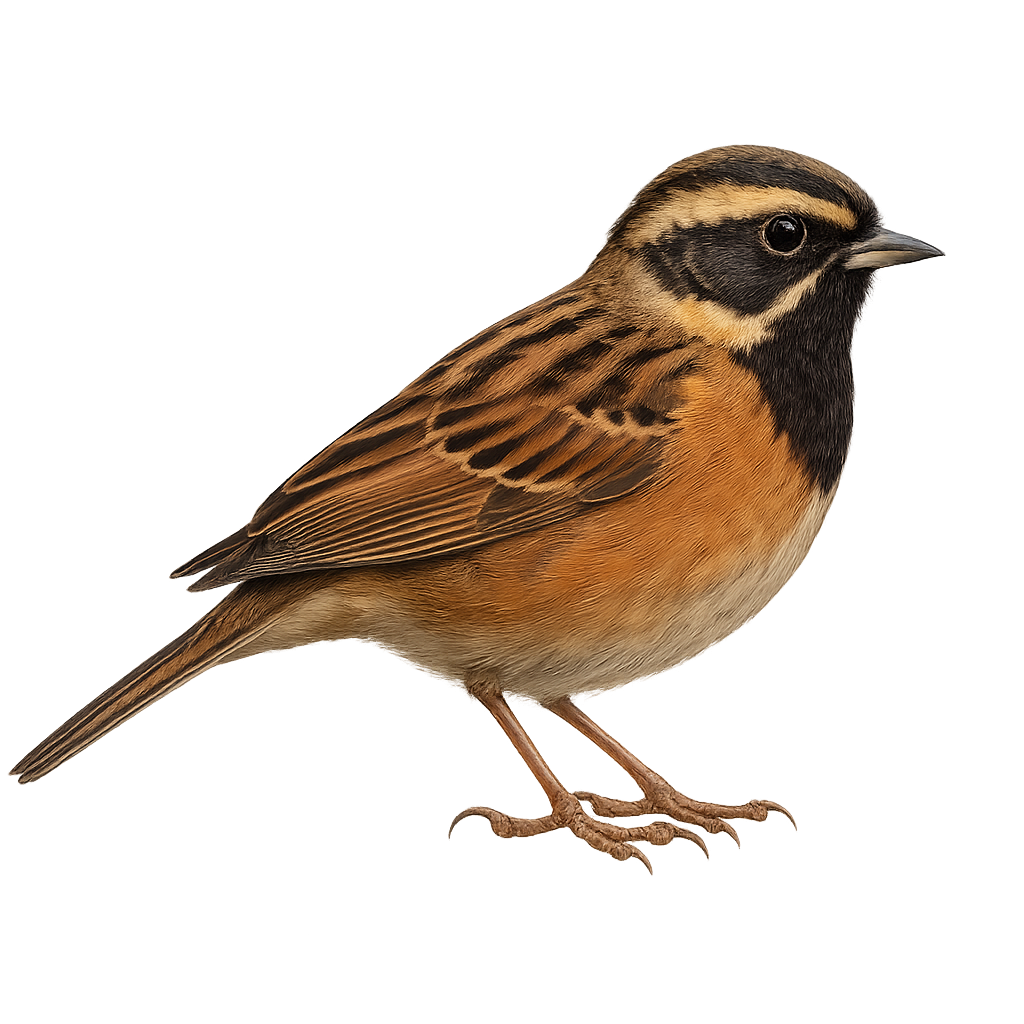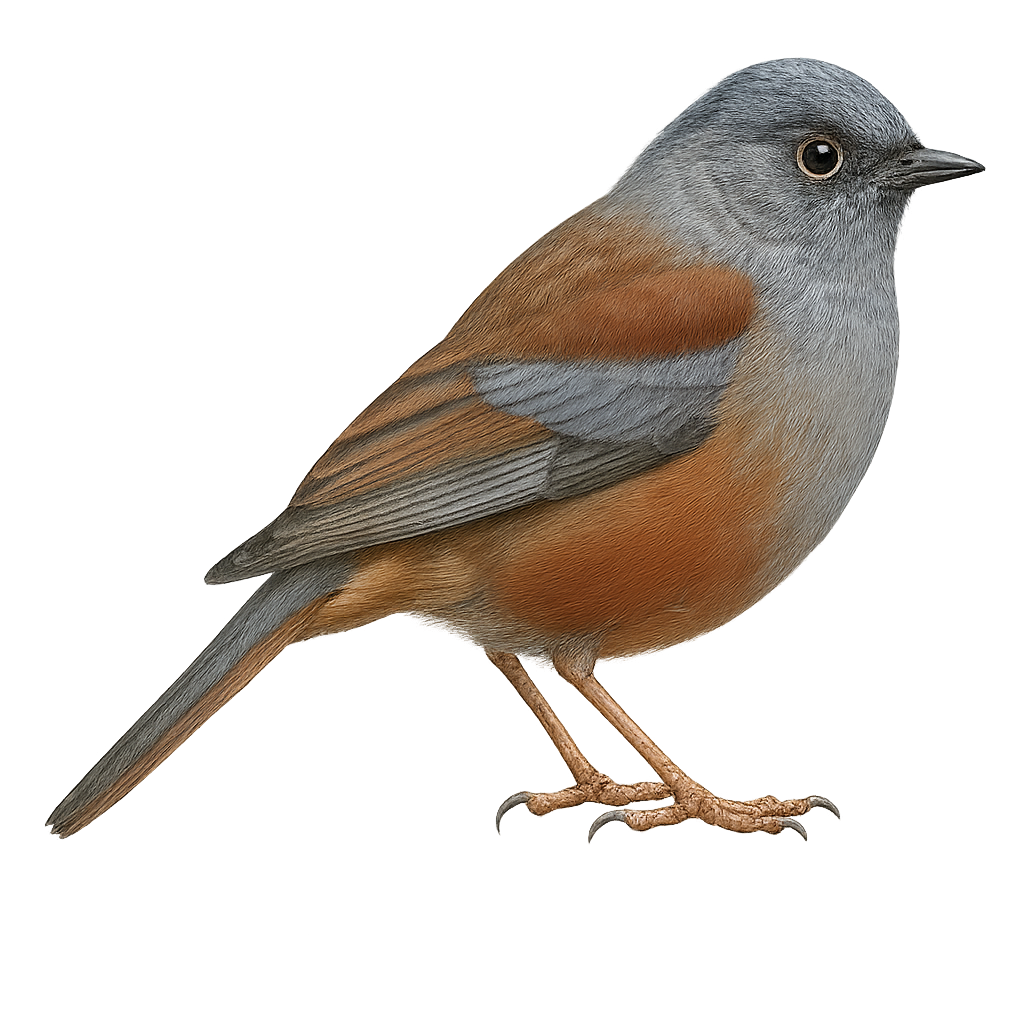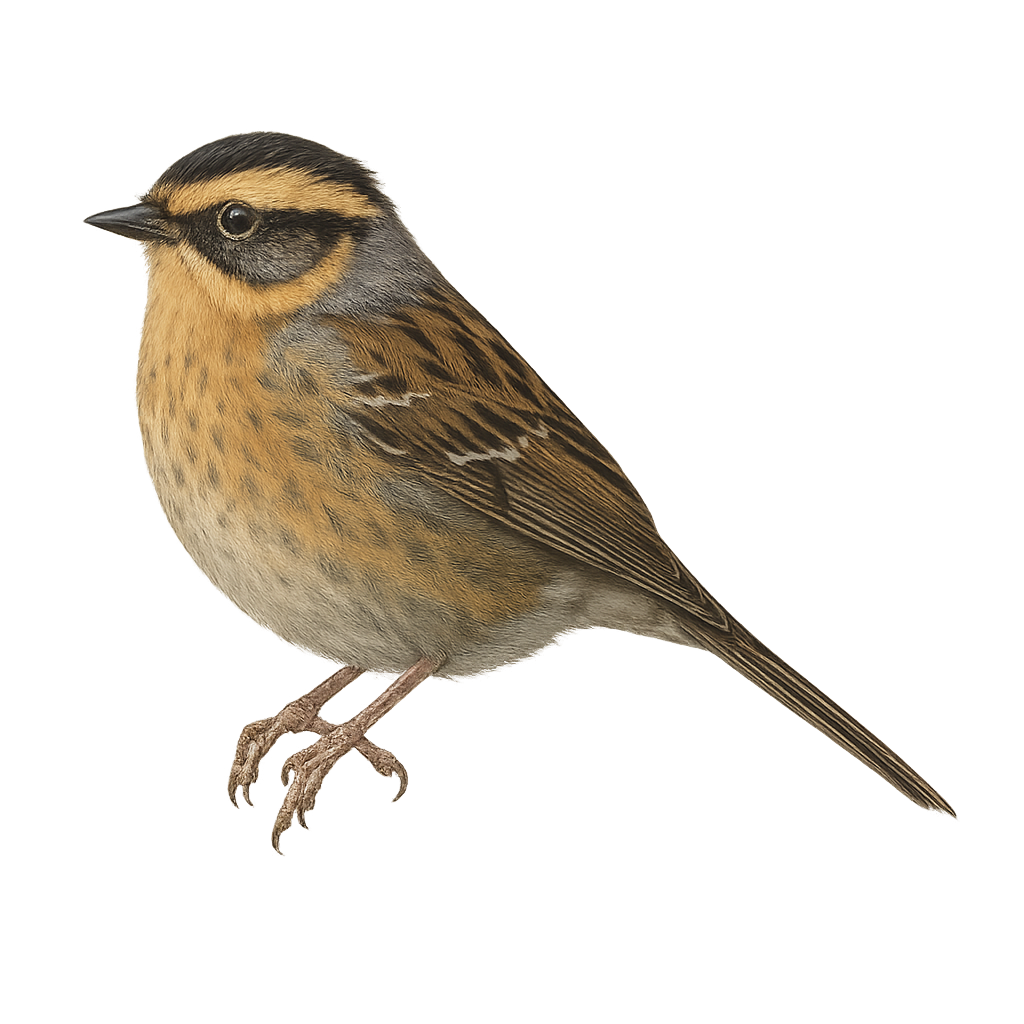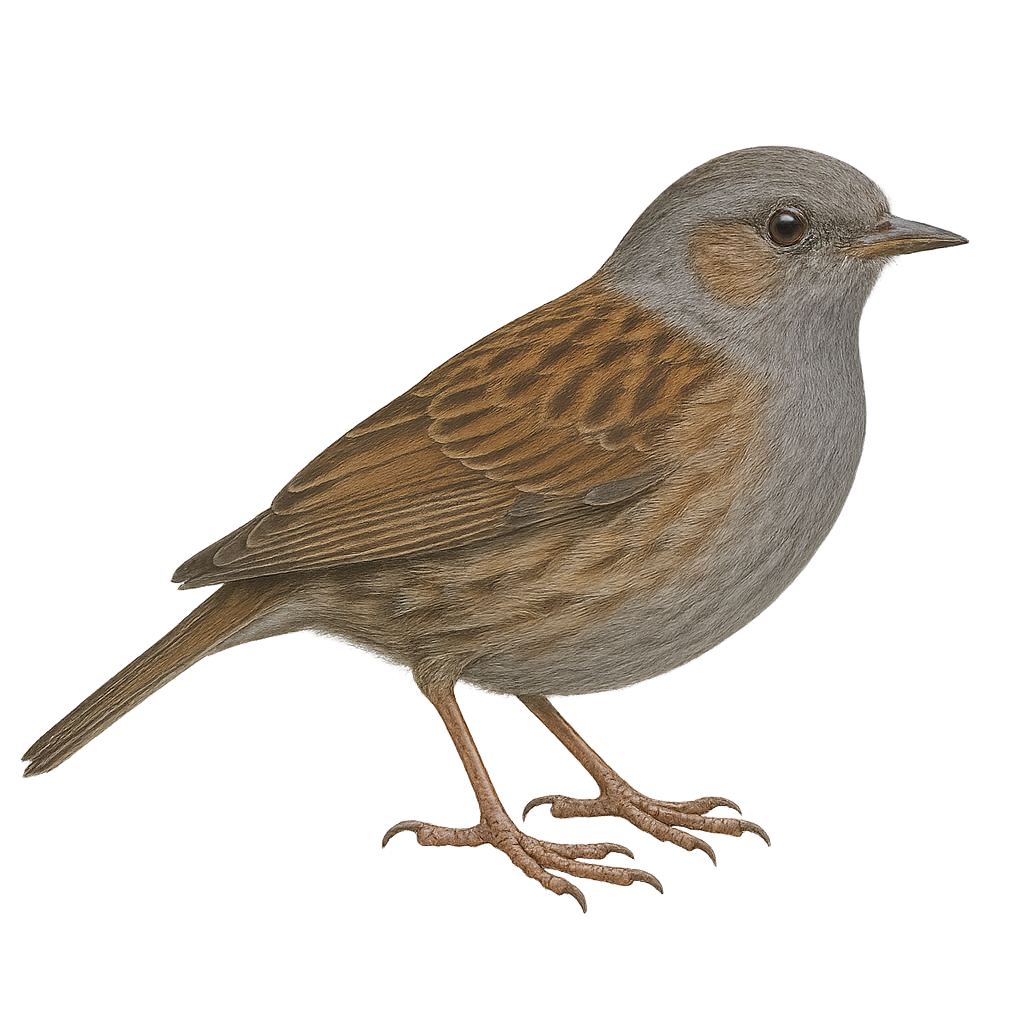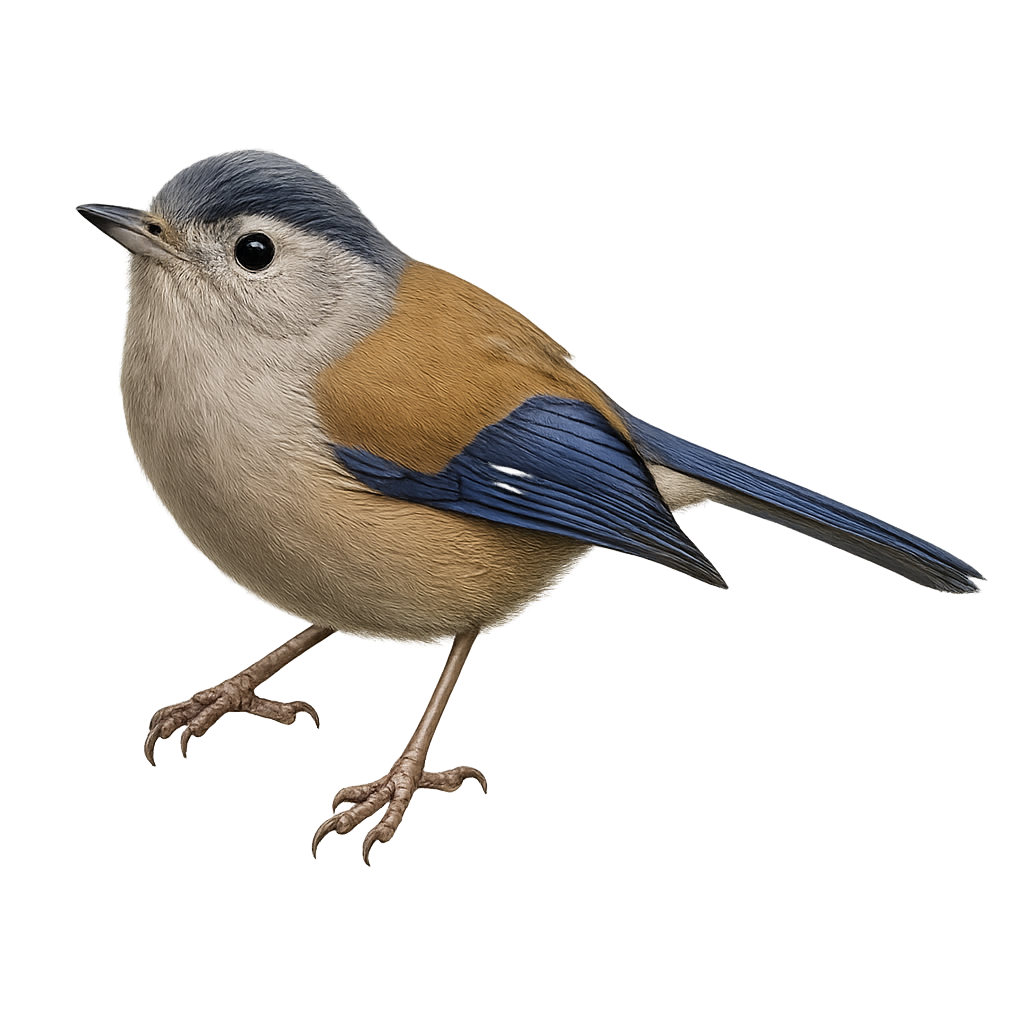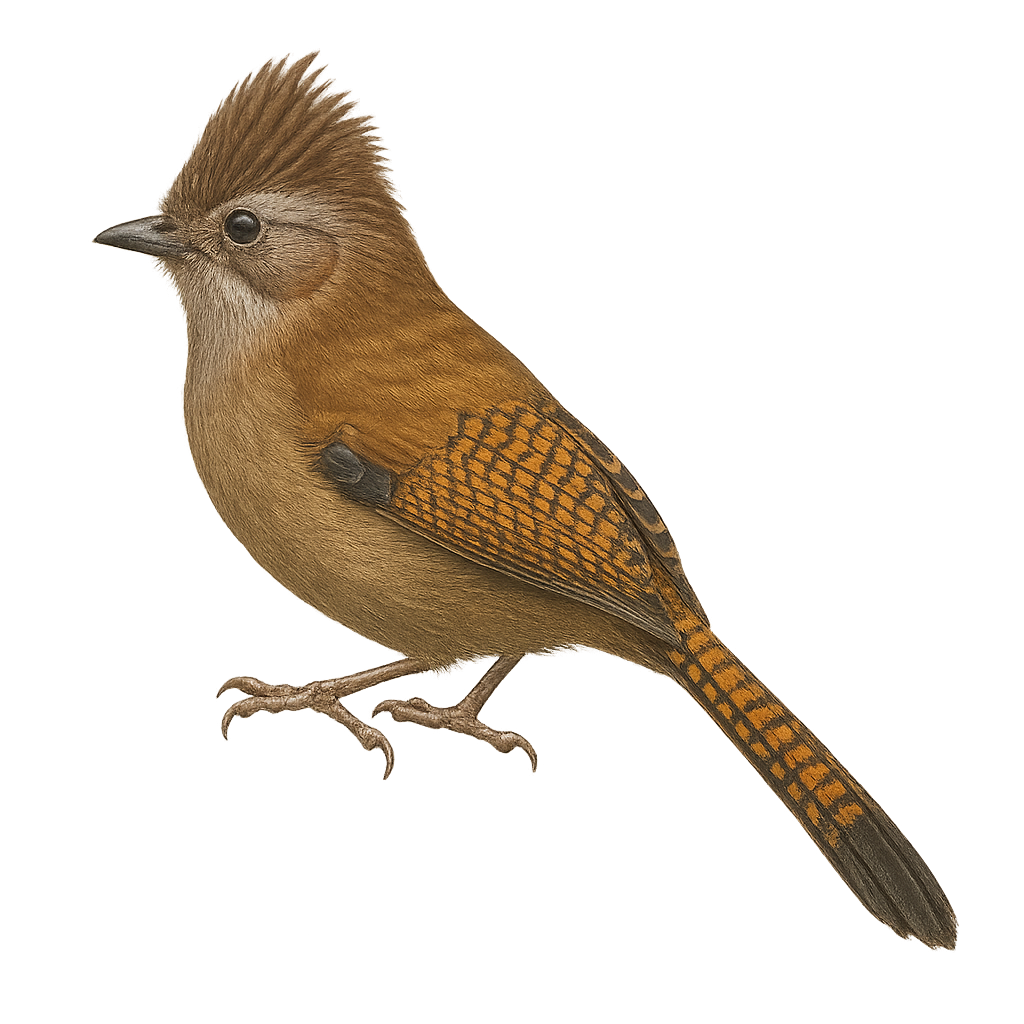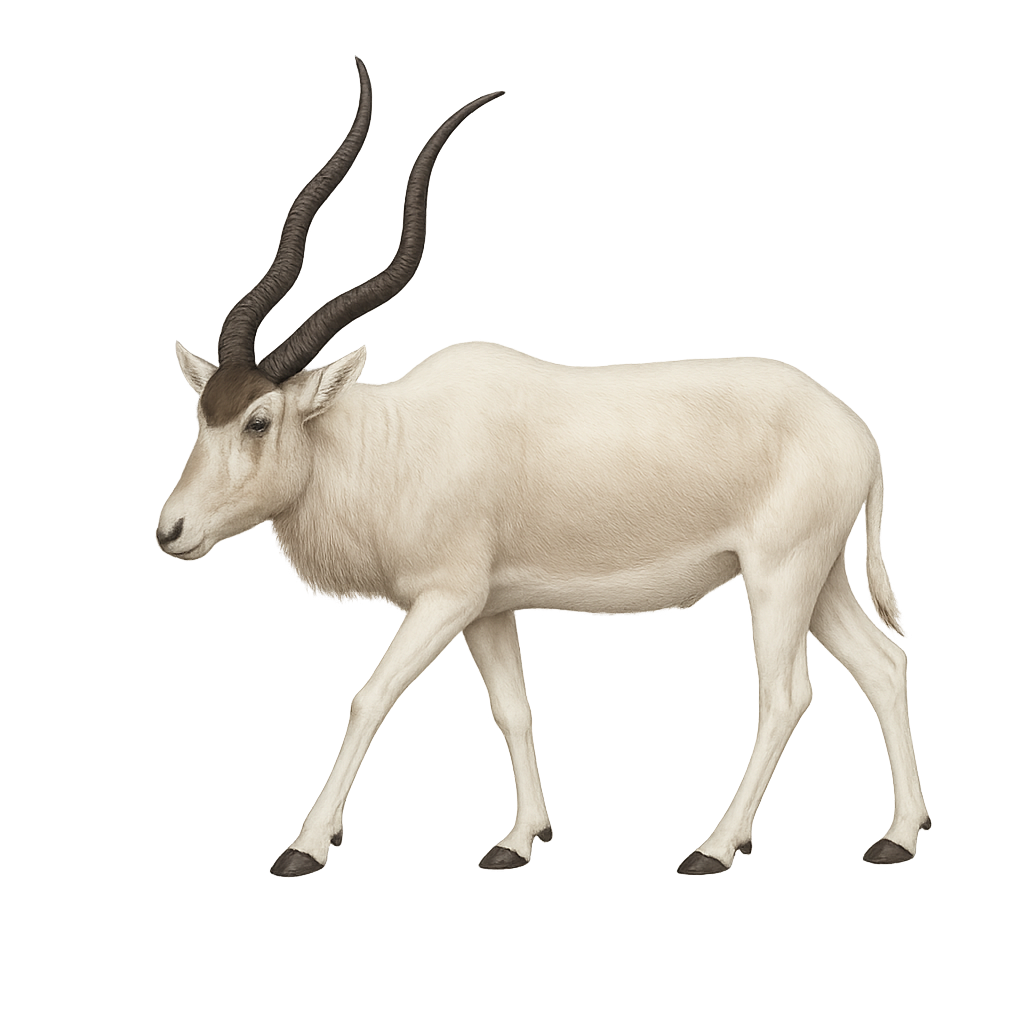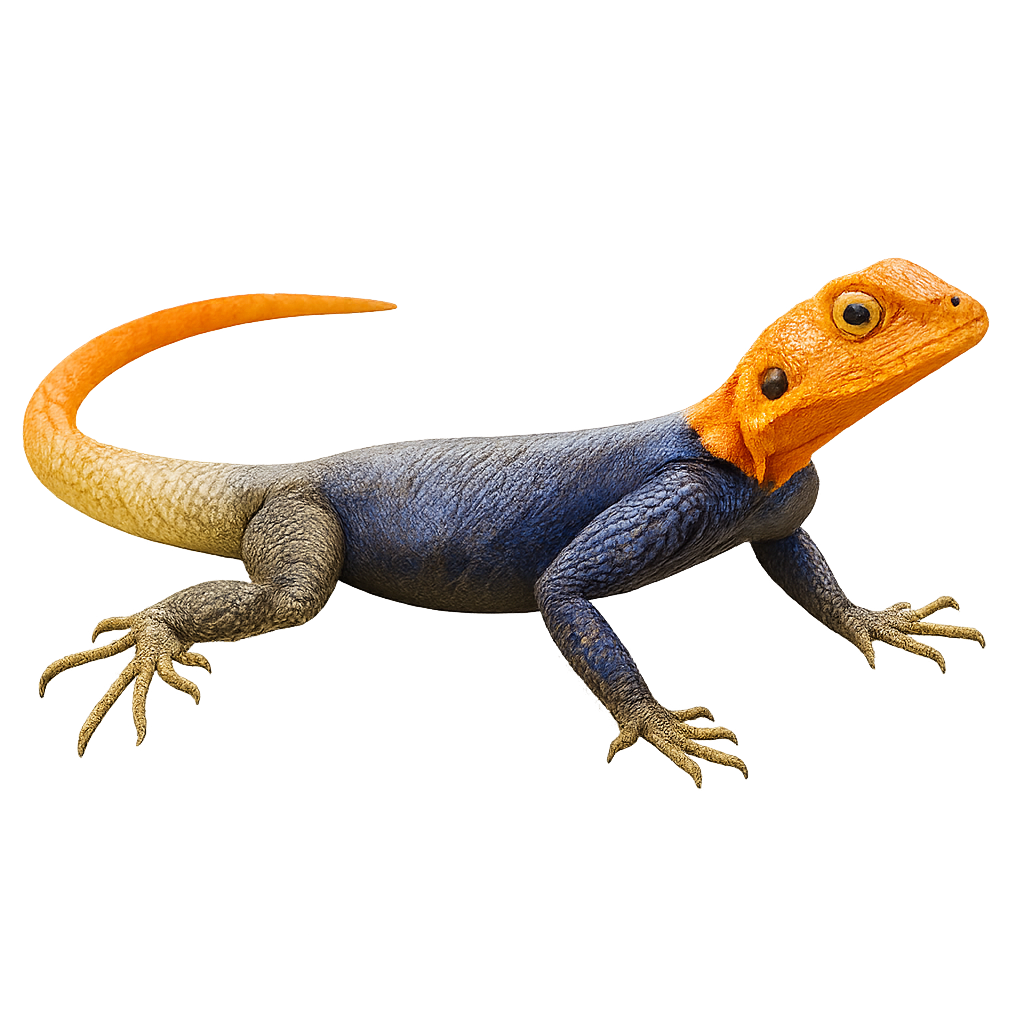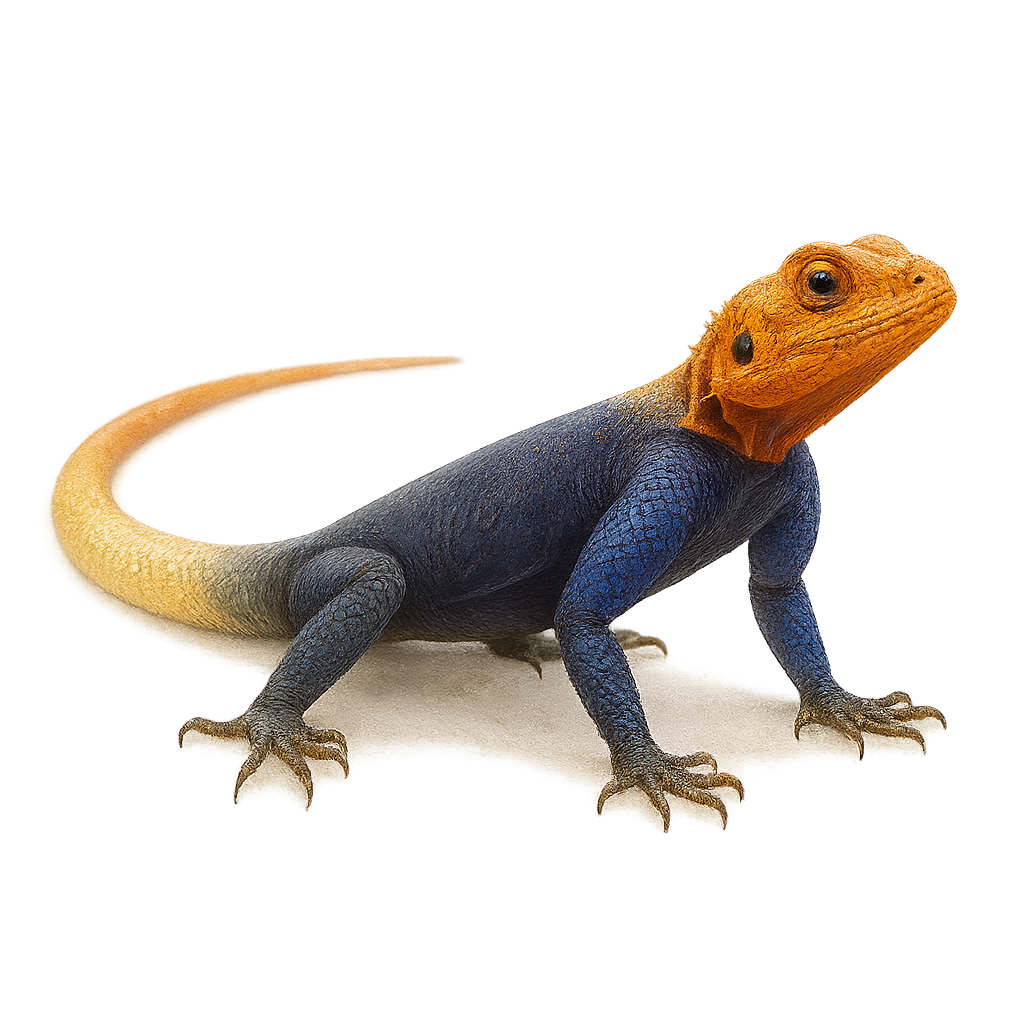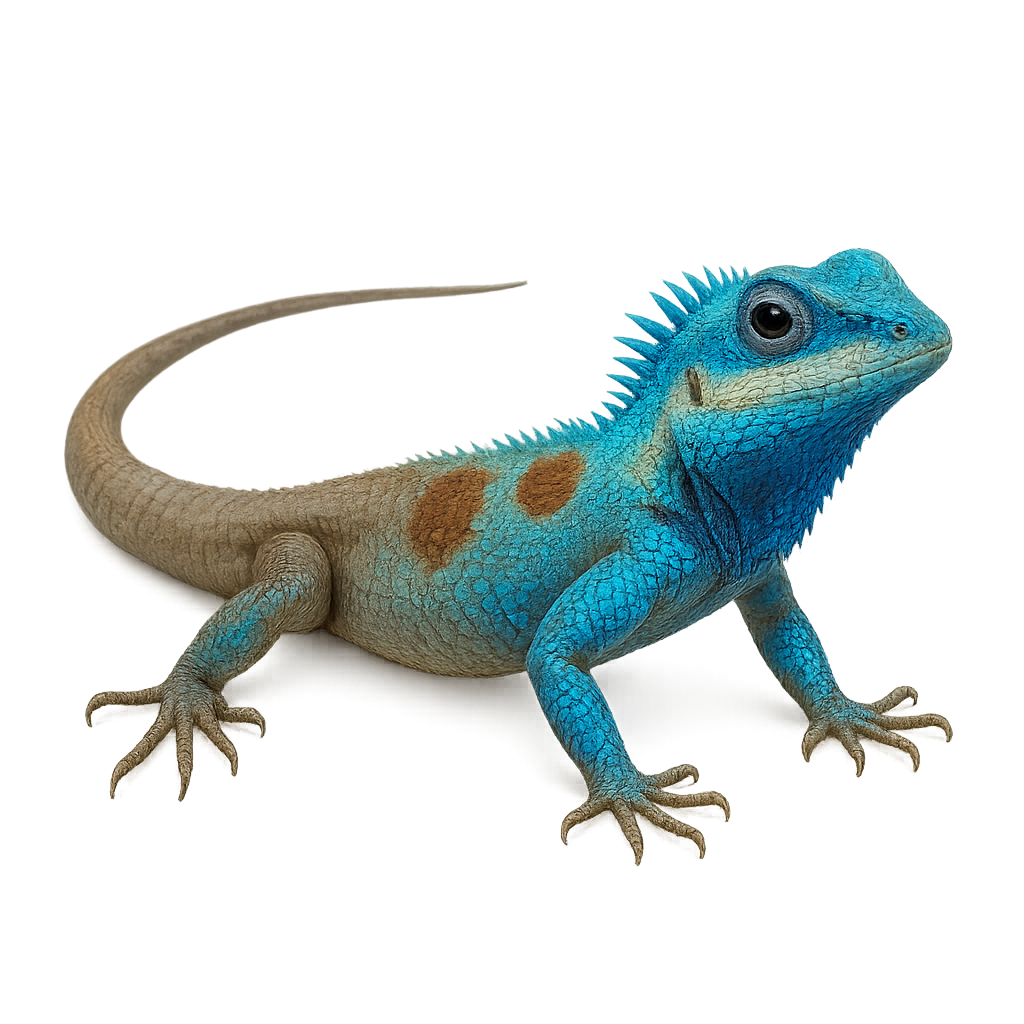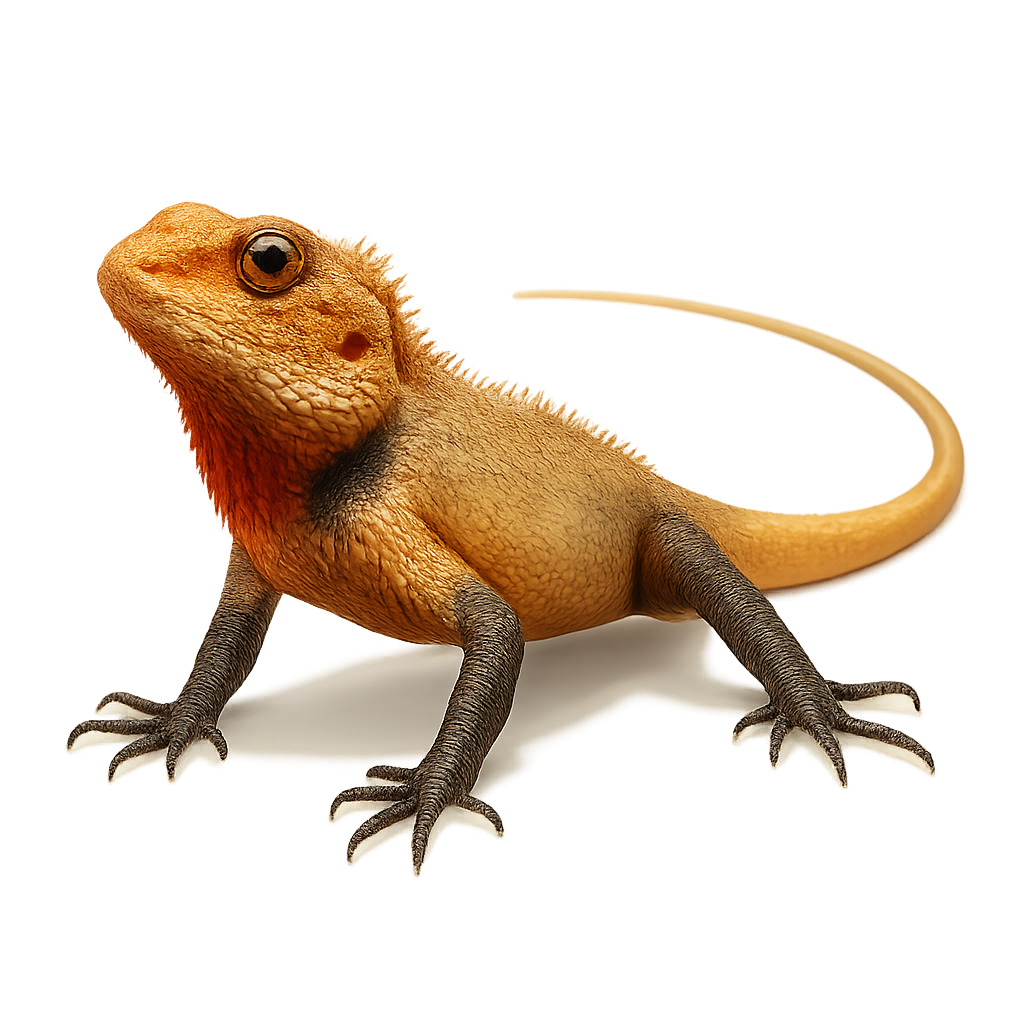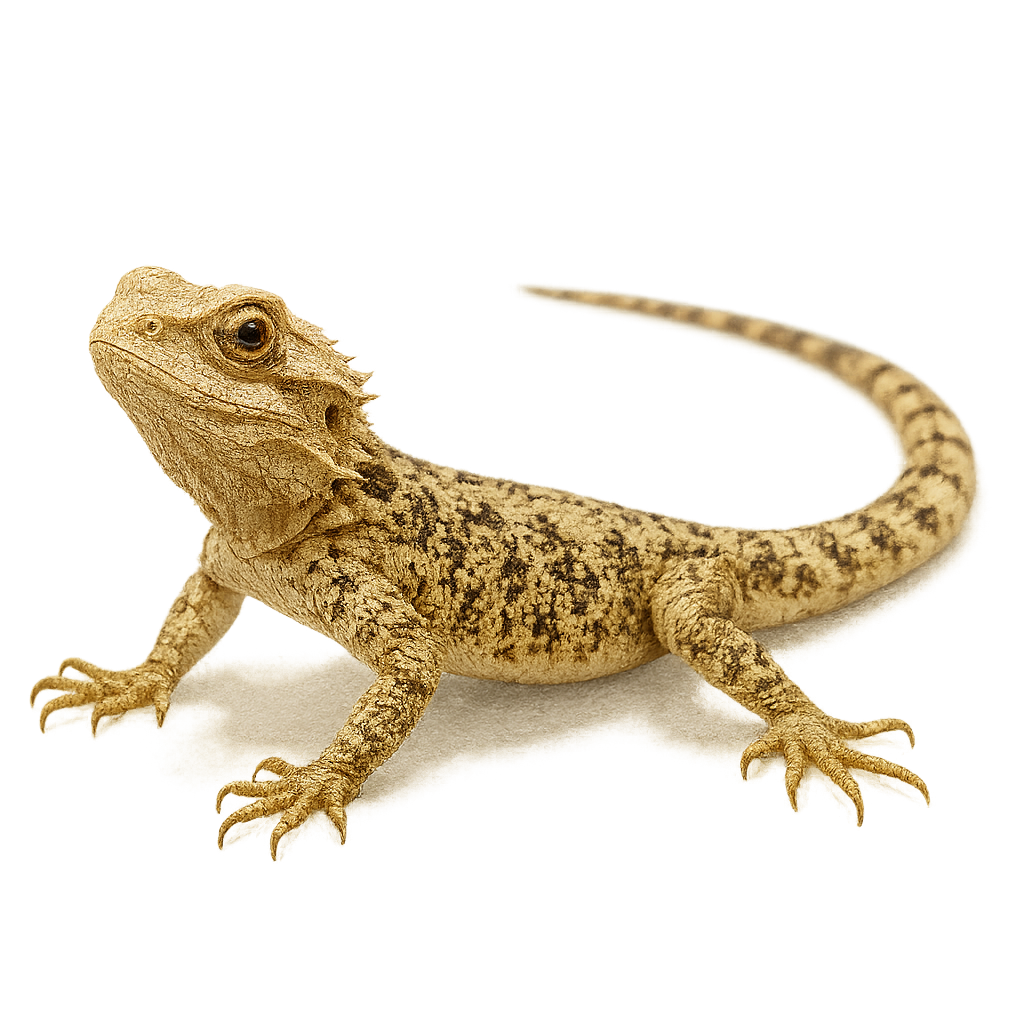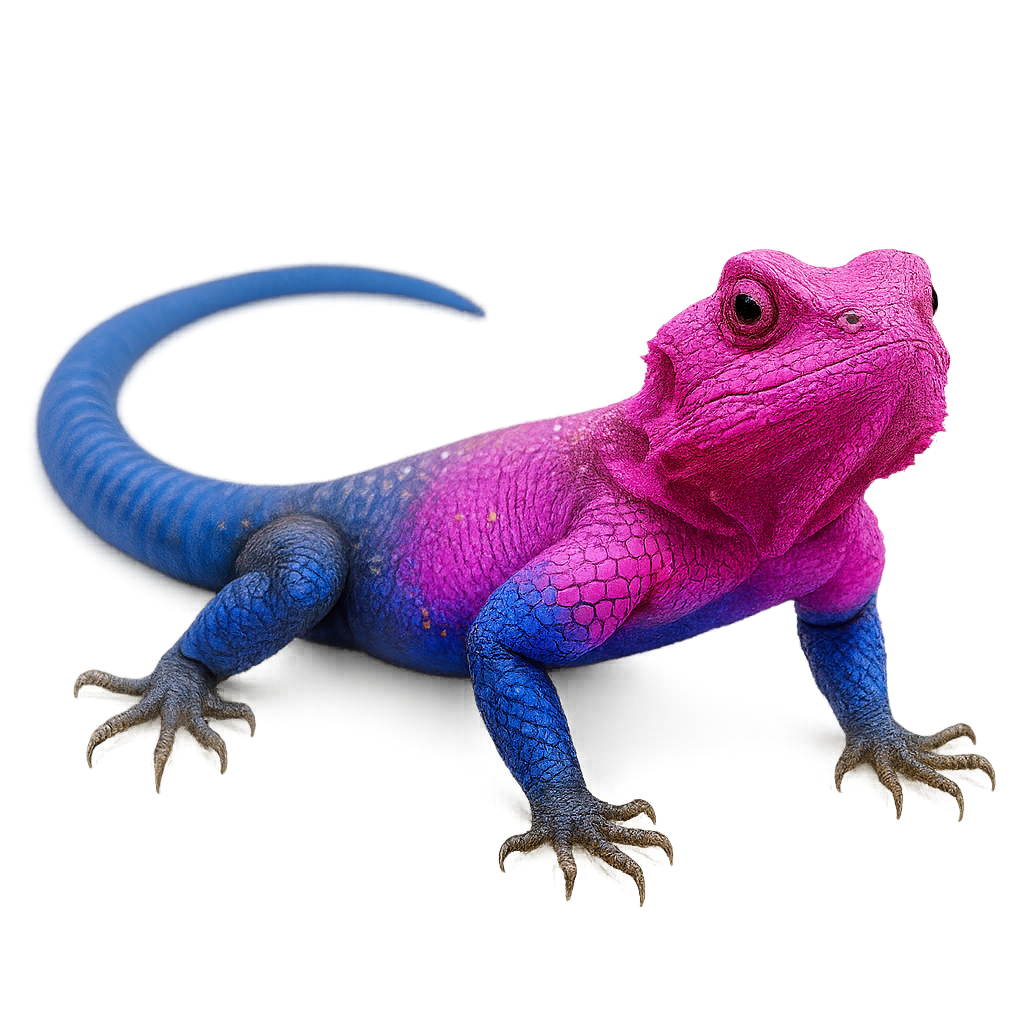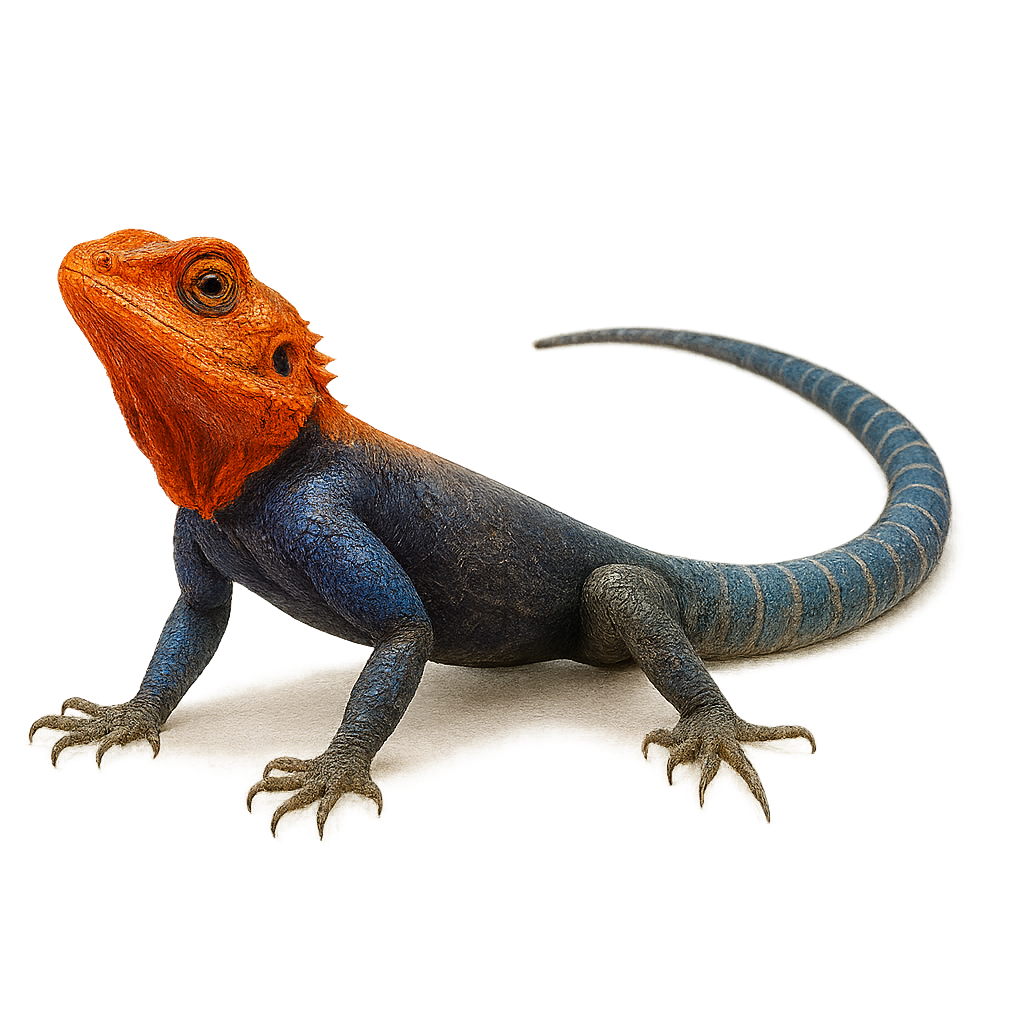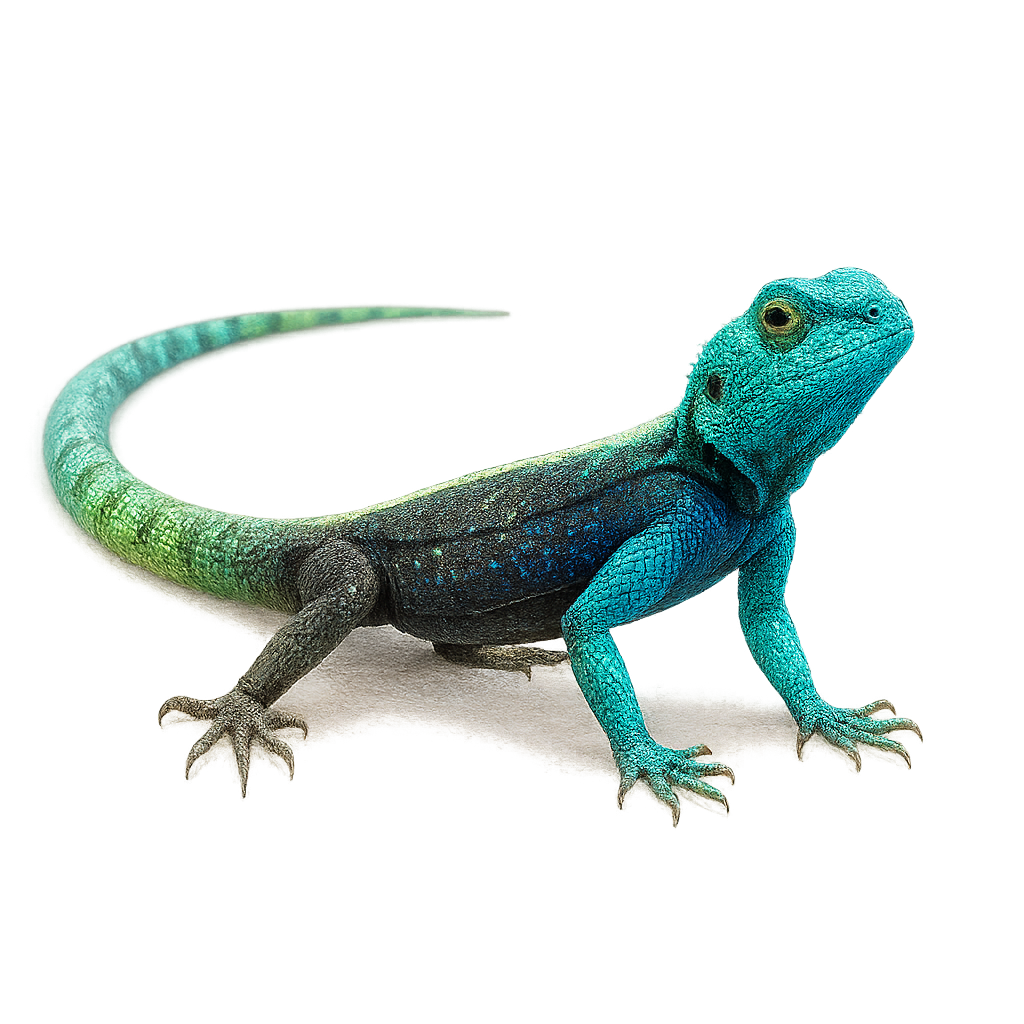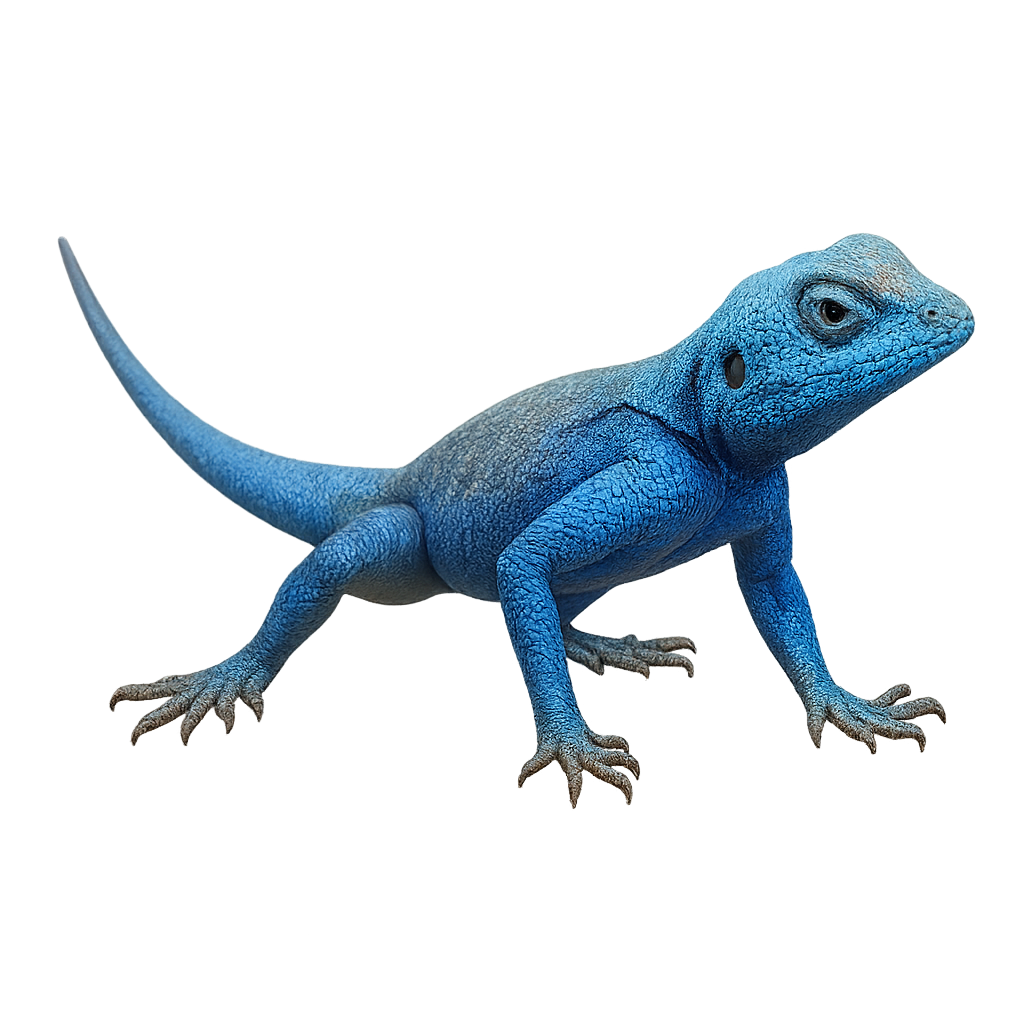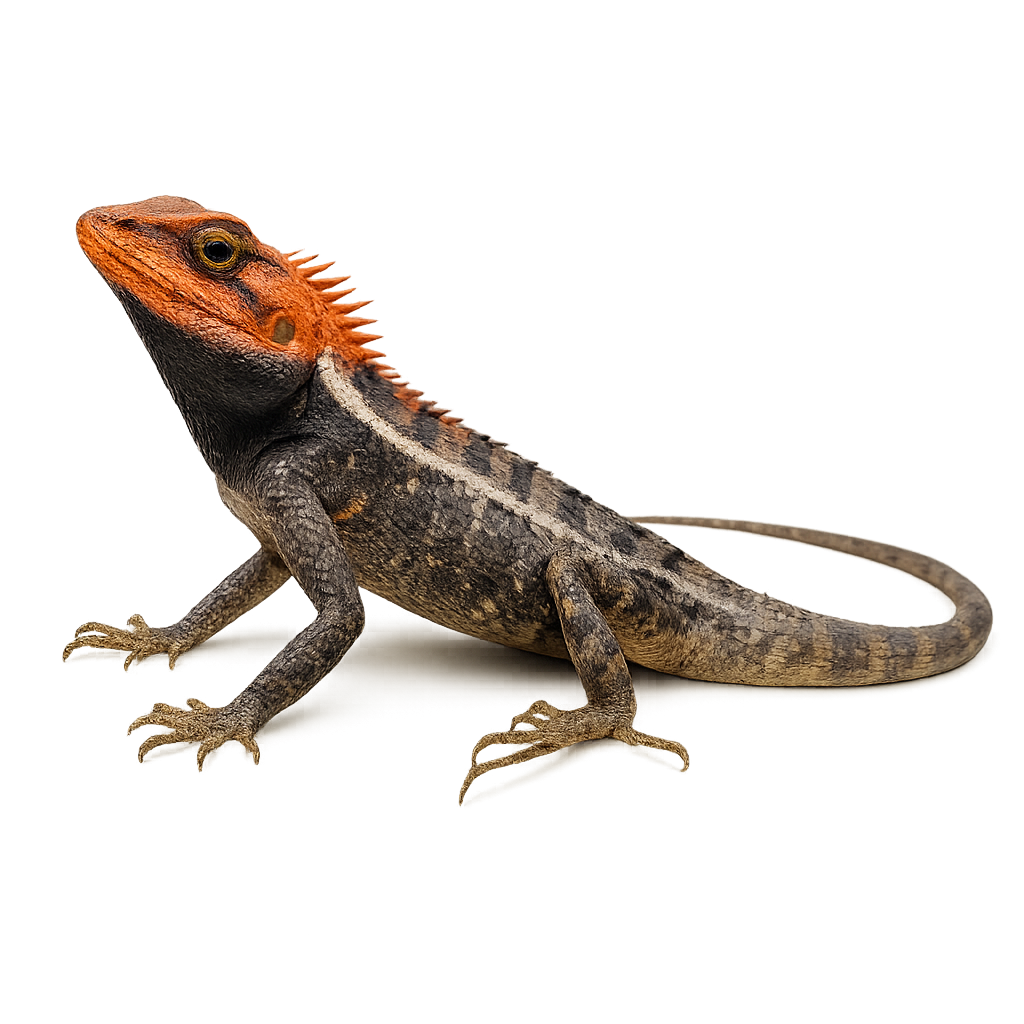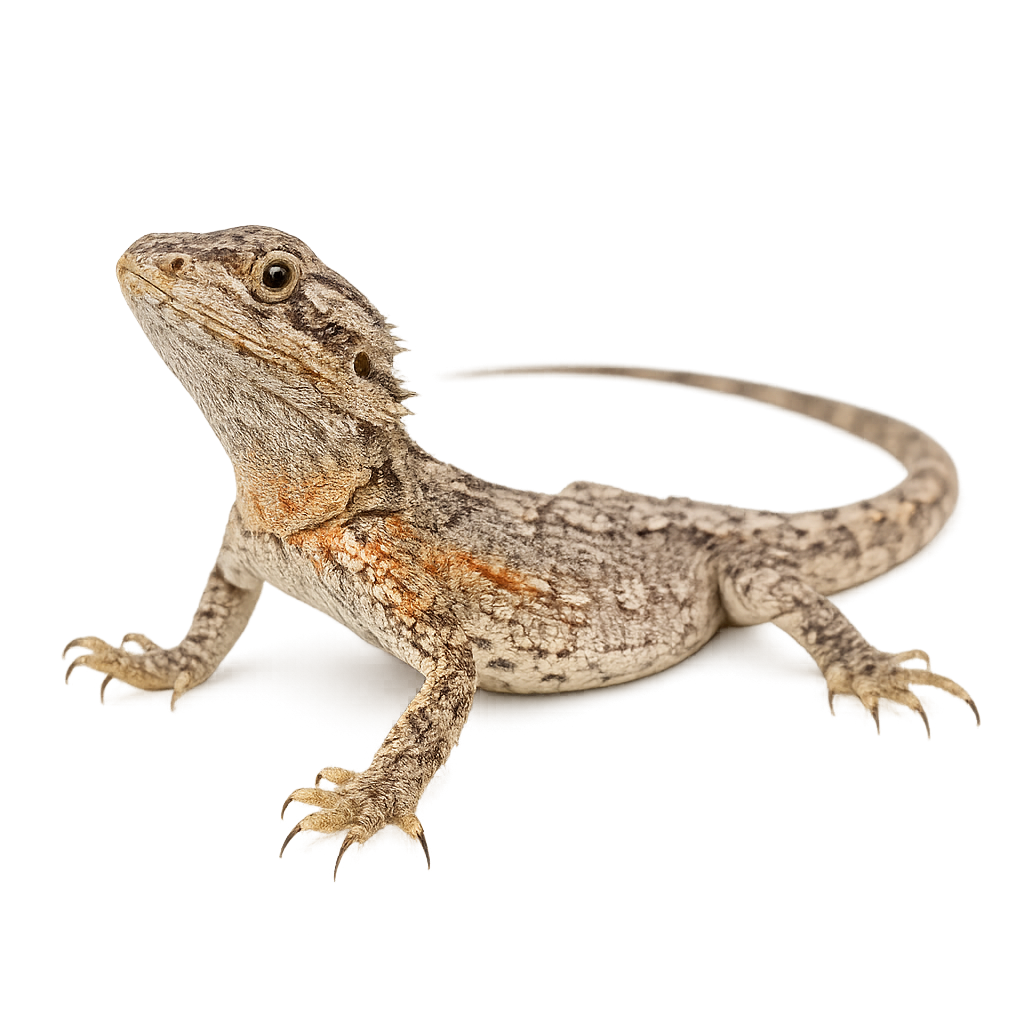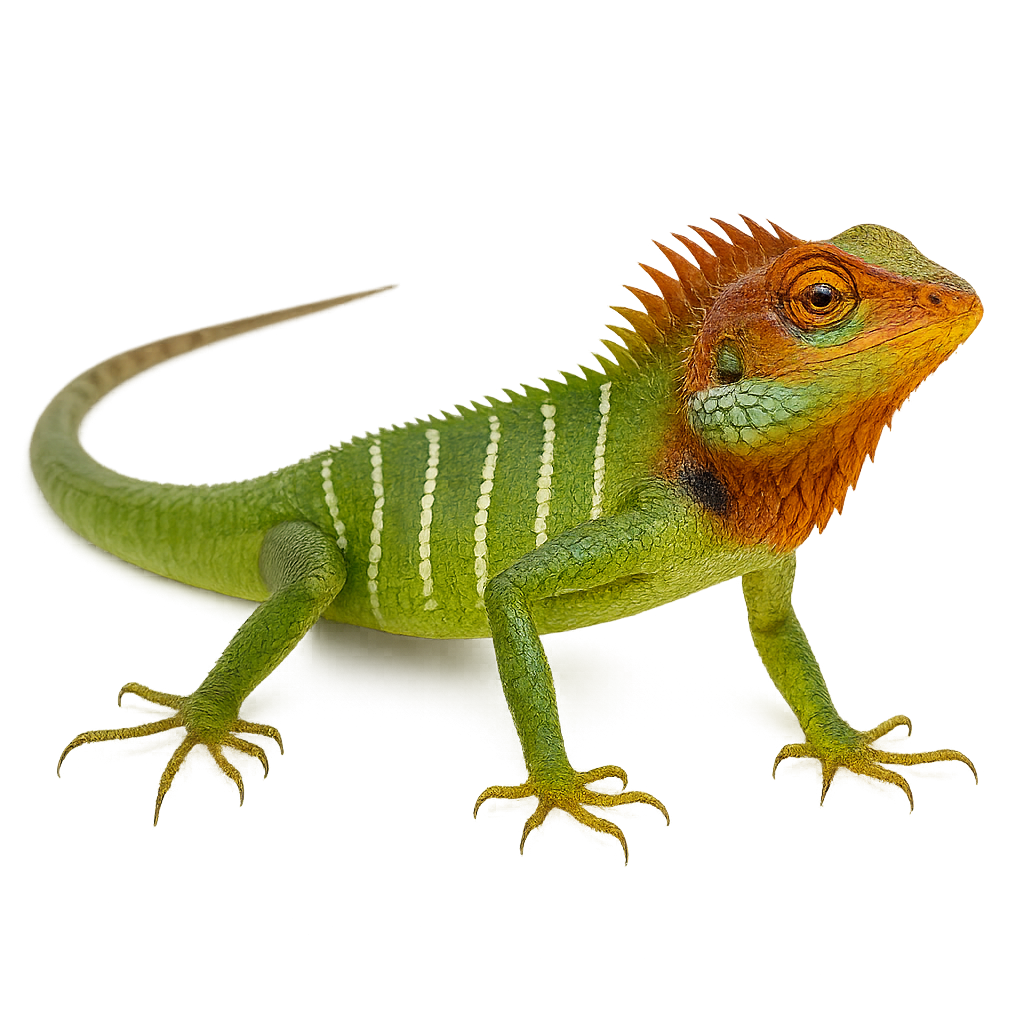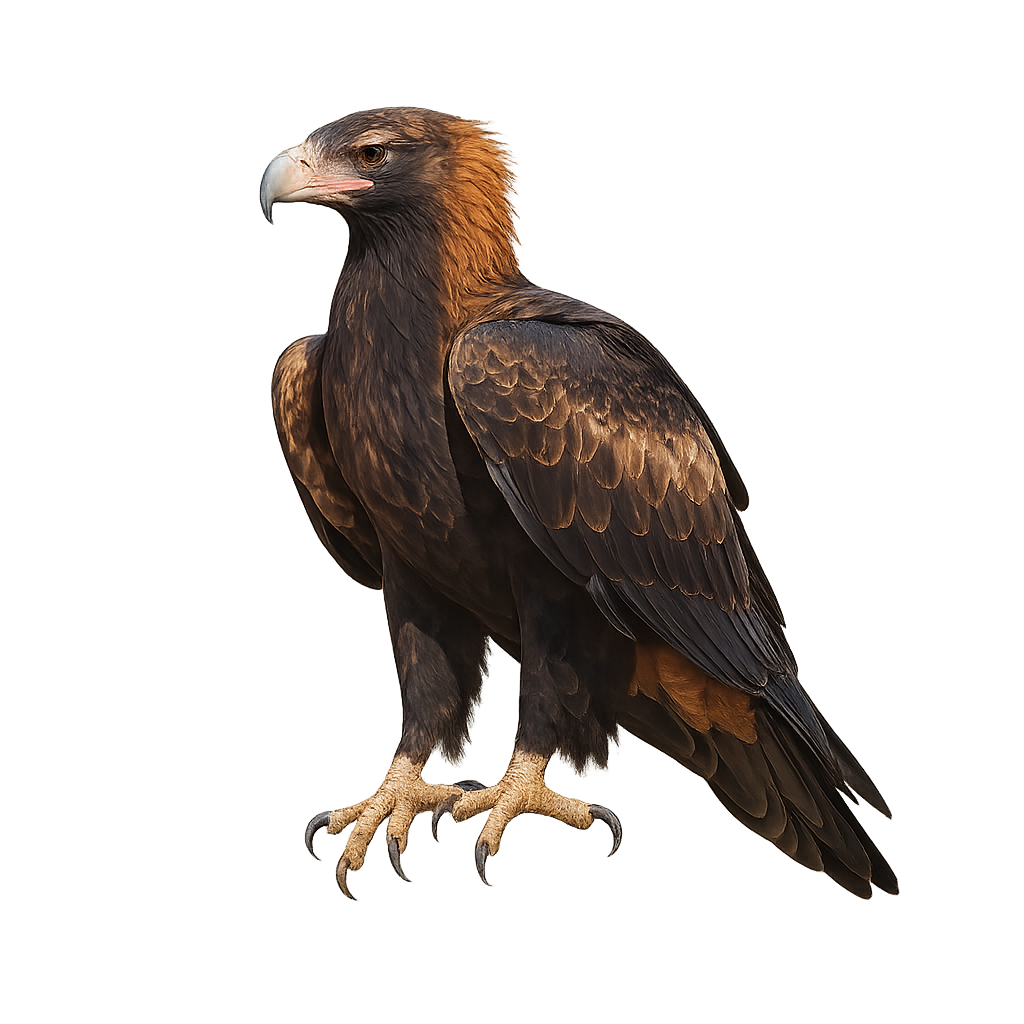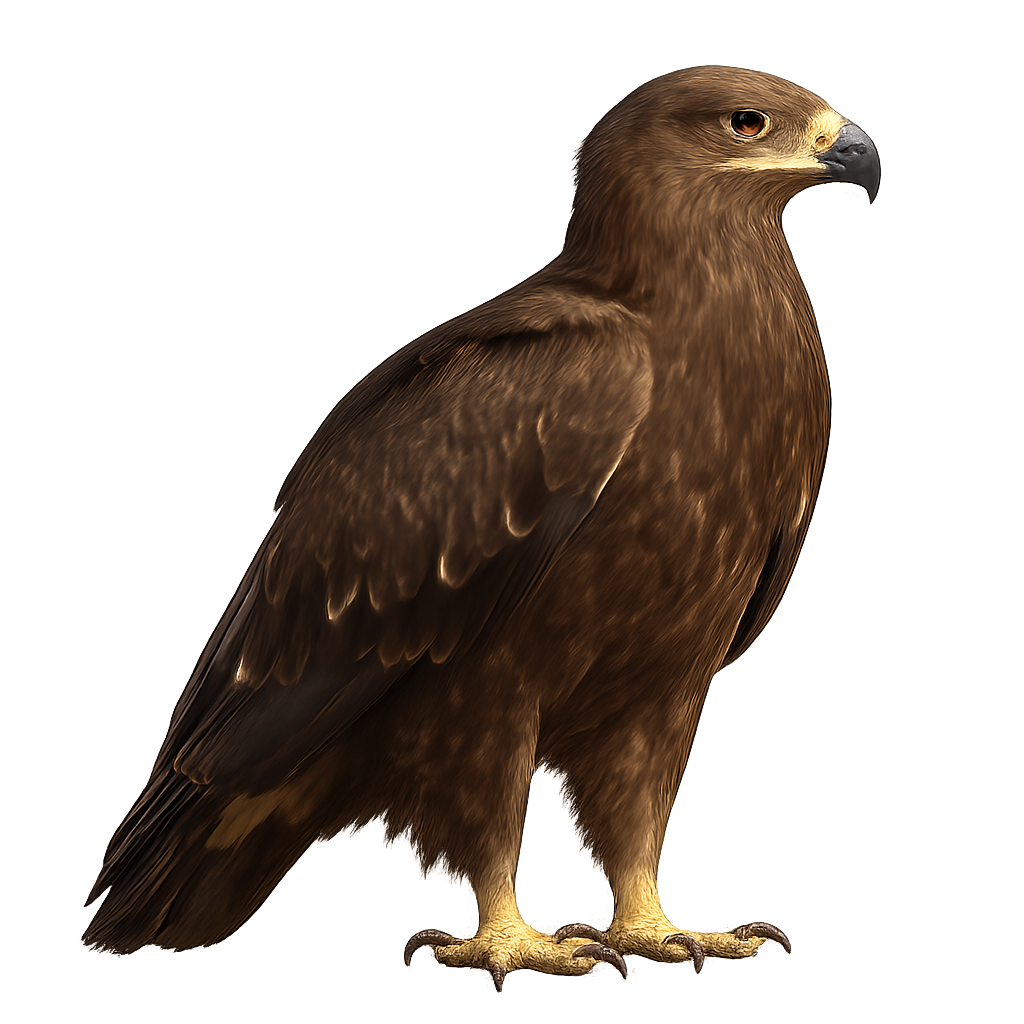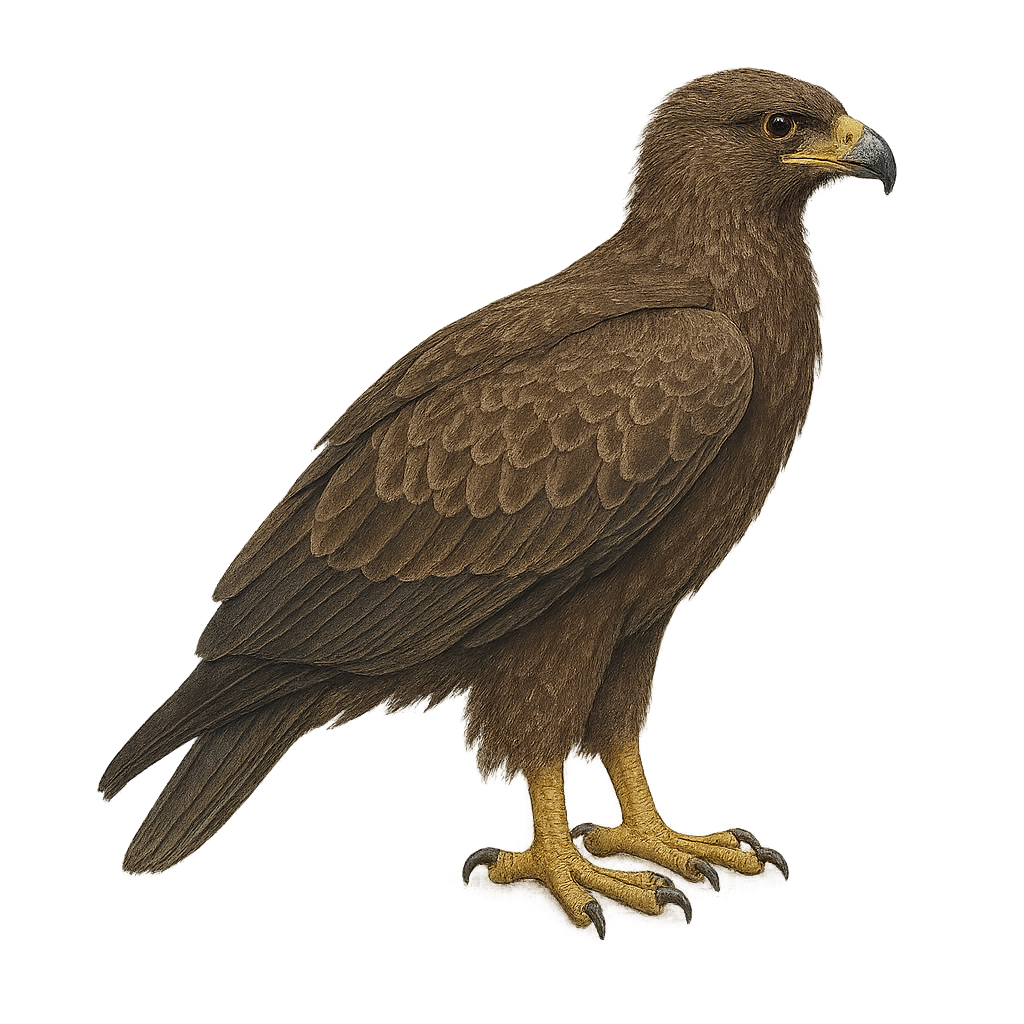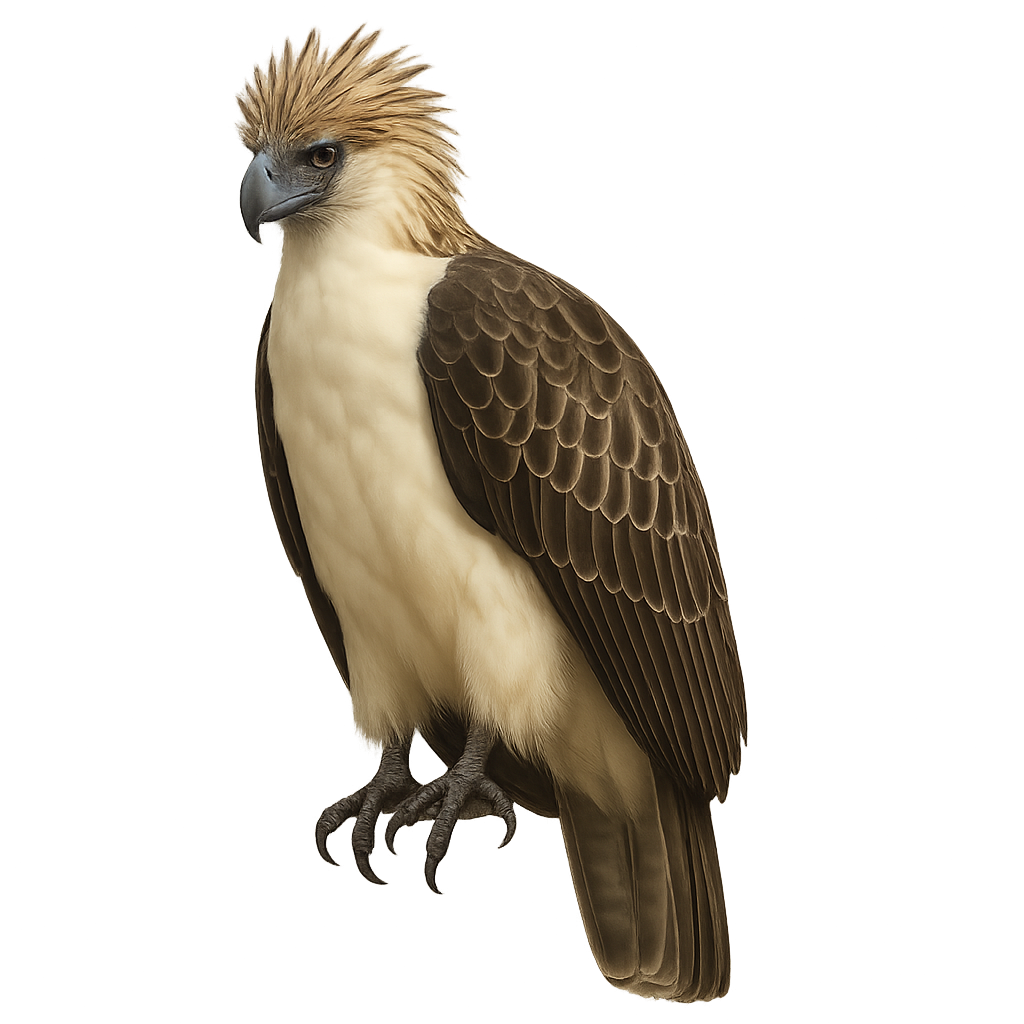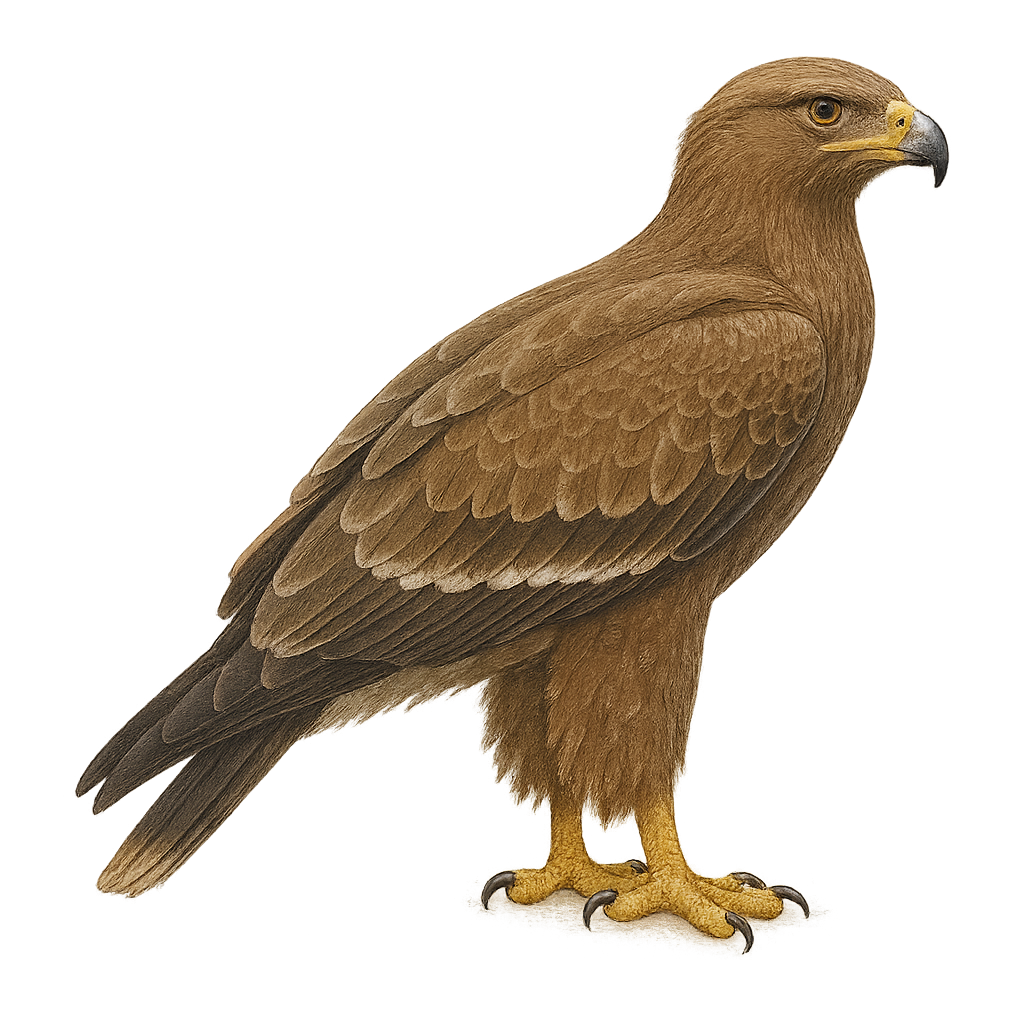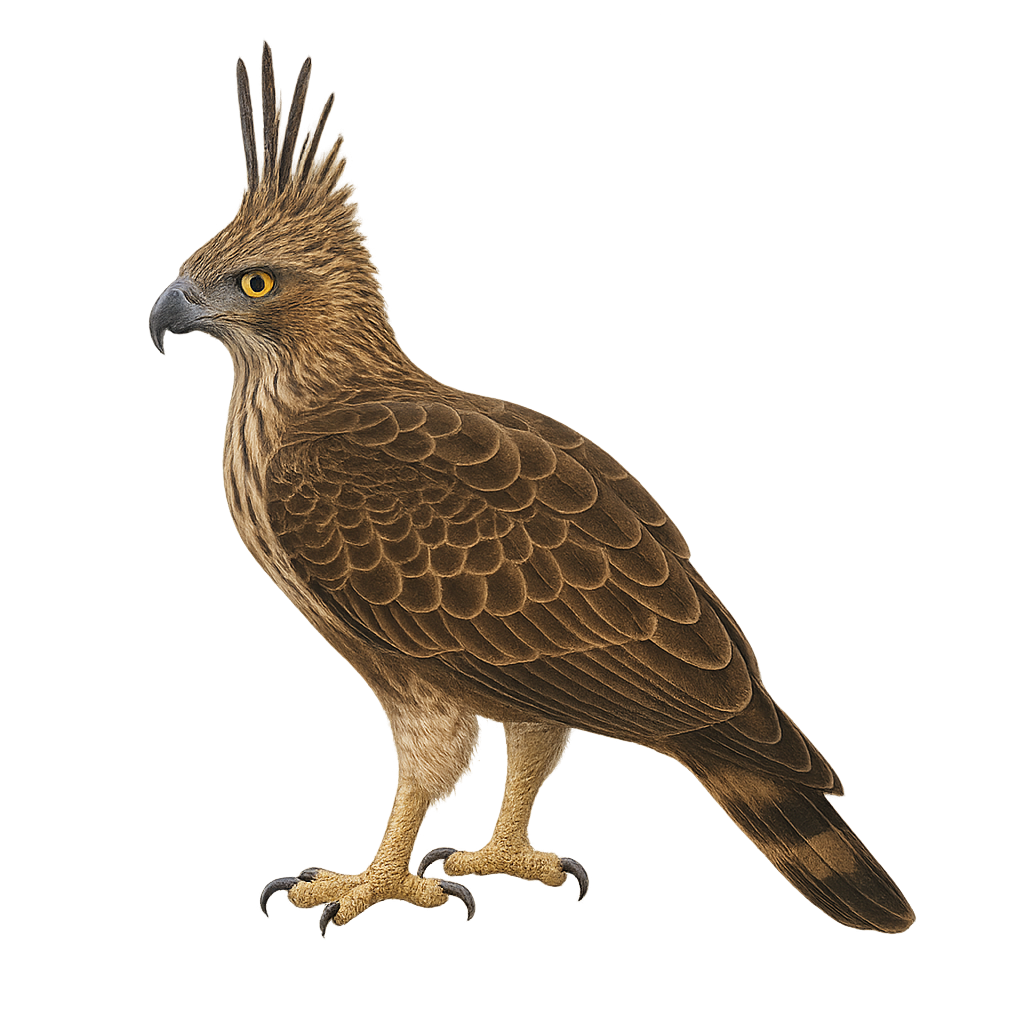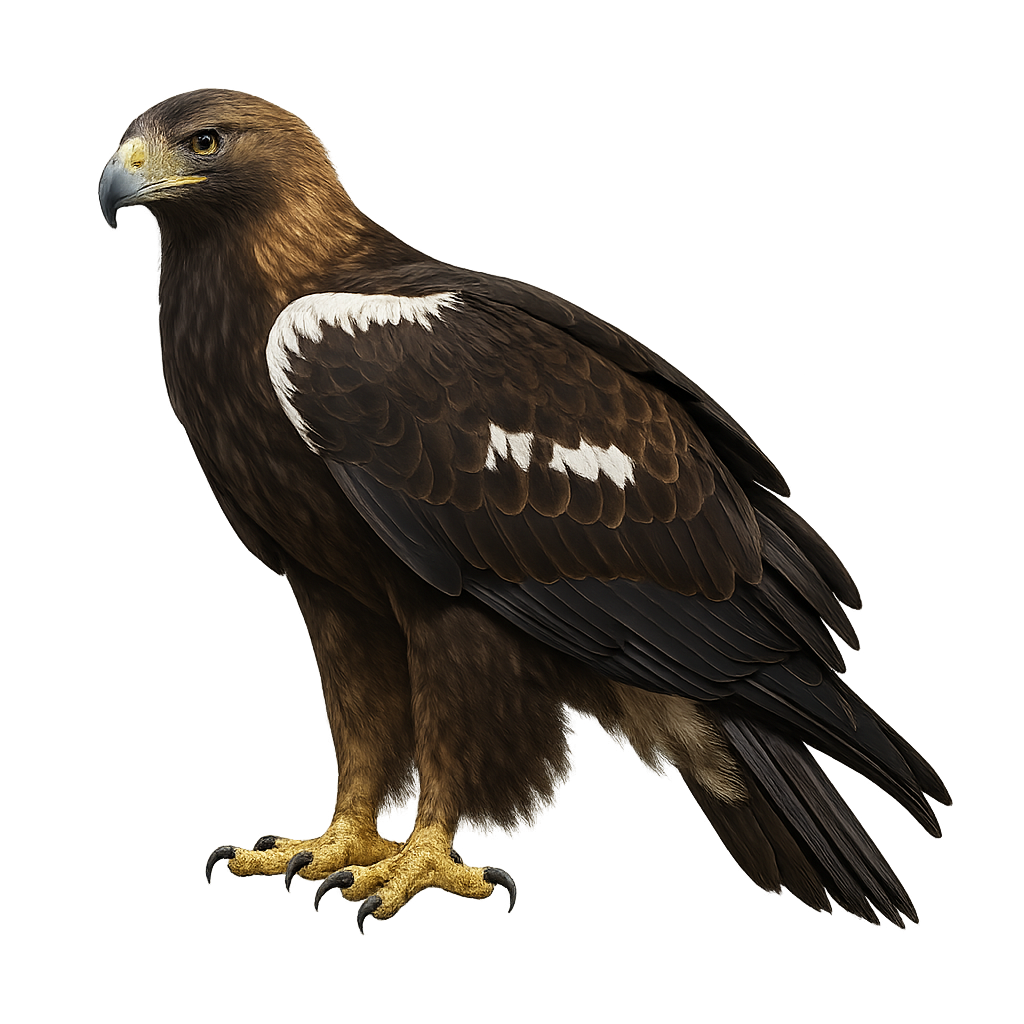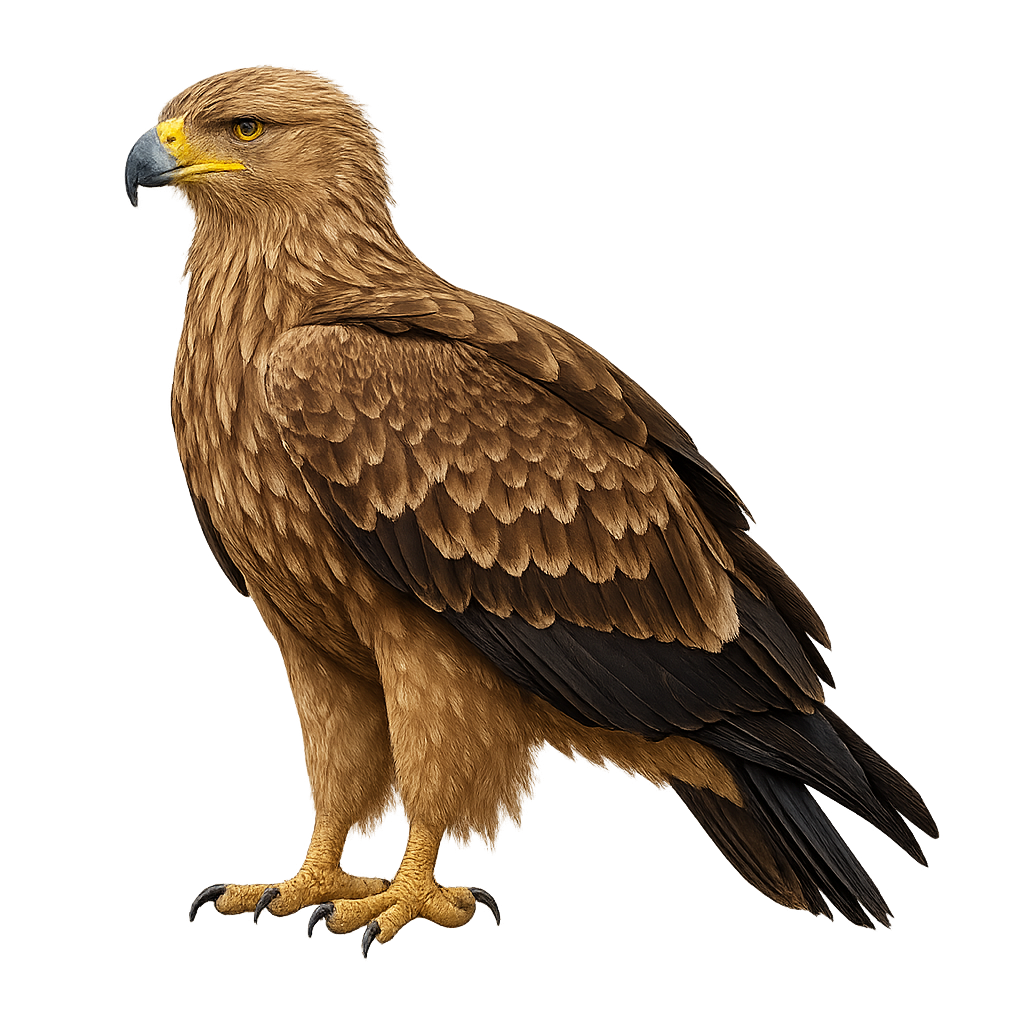The Black-throated Accentor is a small passerine bird belonging to the Prunellidae family. It is characterized by its black throat contrasting with its brown and gray plumage. Found mainly in the mountainous regions of Central Asia, it inhabits coniferous forests and shrublands. This bird is often seen in small groups, especially outside the breeding season. It primarily feeds on insects and seeds, foraging actively on the ground. Although discreet, its melodious song can be heard in spring. Its ability to adapt to different habitats allows it to survive in varied conditions, although it is sometimes threatened by deforestation and climate change.
The alpine accentor is a small mountain passerine, 14–15 cm long, with streaked grey-brown plumage and a slightly darker head. It inhabits alpine rocky slopes, scree, and high meadows, feeding on insects, seeds, and berries. During the breeding season, males and females establish territories and the male performs song flights to attract the female.
The Tibetan Accentor, or Prunella immaculata, is a small passerine bird belonging to the Prunellidae family. It is primarily found in the mountainous regions of the Himalayas, including Tibet, Nepal, and Bhutan. This bird is characterized by its uniform brown-grey plumage, lacking distinctive markings, which helps it blend into its rocky environment. It inhabits high-altitude areas, often above 3000 meters, where it feeds mainly on insects and seeds. The Tibetan Accentor is a discreet bird, often seen alone or in small groups. Its ability to survive in extreme climatic conditions makes it a fascinating example of high-altitude adaptation.
The Siberian Accentor, Prunella montanella, is a small passerine bird belonging to the Prunellidae family. It is primarily found in mountainous regions of Asia, particularly in Siberia and Mongolia. This bird is characterized by its brown and gray plumage, with streaked patterns on its back and wings. Its head features a dark brown cap and a white throat, making it easily recognizable. The Siberian Accentor is a migratory bird, spending its winters in Southeast Asia. It feeds mainly on insects and seeds, which it finds in undergrowth and alpine meadows. Although generally discreet, it can be seen in small groups during migration.
The dunnock is a small passerine, 12–14 cm long, with streaked brownish-grey plumage, an unobtrusive posture and a quick, darting flight. It inhabits hedgerows, woodland edges and gardens, feeding on seeds and insects searched for on the ground or in foliage. During the breeding season, the male sings from a low perch to attract the female and defend a compact territory.
The Blue-winged Minla is a small, colorful bird belonging to the Leiothrichidae family. It is primarily found in the humid forests and wooded areas of Southeast Asia, including India, Myanmar, Thailand, and Vietnam. This bird is recognizable by its bright blue plumage on the wings and tail, contrasting with a grayish body. It mainly feeds on insects and small fruits, which it finds by foraging in dense foliage. The Blue-winged Minla is often observed in small groups, actively moving through the canopy in search of food. Although it is relatively not very shy, it can be difficult to spot due to its dense habitat and small size.
The Actinodura nipalensis, commonly known as the Bar-throated Minla, is a medium-sized bird belonging to the Leiothrichidae family. It is primarily found in the humid montane forests of Southeast Asia, particularly in Nepal, India, and Bhutan. This bird is noted for its colorful plumage, featuring shades of grey, blue, and yellow, and its distinctive barred throat. Often seen in groups, it actively moves through foliage searching for insects and small fruits. Although relatively tolerant of human presence, it prefers dense habitats where it can easily hide. Its breeding season typically extends from spring to summer, and it builds cup-shaped nests in trees or shrubs.
The Addax, or white antelope, is a critically endangered species native to the Sahara Desert. Adapted to harsh desert conditions, it has a light-colored coat that reflects sunlight and broad hooves for walking on sand. Addaxes live in small herds and primarily feed on grasses and leaves. They can survive long periods without water. Unfortunately, overhunting and habitat loss have drastically reduced their numbers. Conservation efforts are underway to protect this iconic desert species.
The Painted Agama, Agama picticauda, is a colorful lizard native to West Africa. It is known for its vividly patterned tail and bright colors, ranging from brown to red, with hints of blue and green. This lizard is often found in rocky areas and savannas, basking in the sun. It is diurnal and primarily feeds on insects. Males are generally more colorful than females, especially during the breeding season. Although relatively tolerant of human presence, it prefers to keep its distance. Its ability to change color depending on its mood or environment is fascinating and makes it popular among reptile enthusiasts.
The Namibian Rock Agama, or Agama planiceps, is a fascinating lizard found primarily in the arid regions of southern Africa, particularly in Namibia and Botswana. This reptile is easily recognizable by its flattened head and vibrant coloration, especially in males who display bright blue and orange hues during the breeding season. Females and juveniles, on the other hand, exhibit duller colors, usually in shades of brown and gray. The Namibian Rock Agama is a diurnal animal that spends most of its time basking in the sun on rocks or hunting insects. It is well adapted to its dry environment and can survive with very little water, obtaining necessary moisture from its food.
The Calotes mystaceus, or Indochinese Forest Lizard, is an arboreal lizard native to Southeast Asia, particularly found in Thailand, Myanmar, and Laos. It is recognizable by its vibrant coloration, often green with shades of blue and red, and its prominent scales around the head resembling a mustache. This lizard typically measures between 25 and 35 cm in length, including the tail. It prefers tropical rainforests and wooded areas, where it primarily feeds on insects and small invertebrates. Active during the day, it is often seen basking in the sun on branches or tree trunks. Although relatively common in its natural habitat, it can be difficult to spot due to its effective camouflage.
The Uromastyx aegyptia, or Egyptian spiny-tailed lizard, is a robust lizard of 30–40 cm snout-vent length, with a long spiny tail used for defense. It inhabits rocky deserts and semi-arid steppes of North Africa and the Middle East. An opportunistic herbivore, it feeds on leaves, flowers, and succulent fruits. During the breeding season (April 1 to May 31), males become more colorful and perform threat displays, whipping their spiny tails in rivalry.
The Changeable Lizard, or Calotes versicolor, is a widespread lizard in South and Southeast Asia. It is easily recognizable by its ability to change color, shifting from brown to green, and sometimes bright red, especially during the breeding season. This diurnal lizard prefers open habitats such as gardens, light forests, and urban areas. It primarily feeds on insects but can also consume small vertebrates. Males often display a reddish throat during the breeding season to attract females. Although frequently seen in inhabited areas, it remains wary and quickly flees when threatened.
Lehmann's Agama is a fascinating lizard known for its adaptability to various environments. This reptile is primarily found in mountainous regions, where it skillfully camouflages itself among rocks and shrubs. Its coloration can vary, but it often exhibits shades of brown and gray that allow it to blend into its natural habitat. Lehmann's Agama is a diurnal animal, active mainly during sunny hours. It primarily feeds on insects and small invertebrates. Although its behavior is generally suspicious, it can become more tolerant of humans if not disturbed.
The Mwanza Flat-headed Agama, Agama mwanzae, is a colorful lizard native to East Africa, particularly in Tanzania, Kenya, and Rwanda. It is famous for its striking resemblance to Spider-Man, due to its bright red head and blue body. This diurnal lizard prefers rocky habitats where it can bask in the sun. Males are territorial and can be seen strutting to attract females. Although primarily insectivorous, it can also consume fruits and flowers. Its ability to change color for camouflage or communication is fascinating. The Mwanza Flat-headed Agama is a perfect example of adaptation and diversity in African wildlife.
The Common Agama, or Agama agama, is a colorful and fascinating lizard found primarily in sub-Saharan Africa. This reptile is known for its ability to change color, especially males who display bright hues of blue and orange during the breeding season. Typically measuring between 25 and 30 cm in length, it has a long, slender tail. The Common Agama is a diurnal animal that prefers warm, dry environments such as savannas, rocky areas, and villages. It primarily feeds on insects but can also consume small vertebrates and plants. This lizard is social and lives in hierarchical groups, where a dominant male controls several females and subordinates.
The Agama atra, or Southern Rock Agama, is a robust and colorful lizard native to the rocky regions of southern Africa. It is easily recognizable by the bright blue head of the males, contrasting with a brown or gray body. Females and juveniles are generally duller, displaying brown or gray hues. This diurnal lizard is often seen basking in the sun on rocks or walls, using its color to blend into its surroundings. It is territorial, with males vigorously defending their space against intruders. Its ability to change color to regulate its body temperature is fascinating, and it primarily feeds on insects and small invertebrates.
The Sinai agama is a small agamid lizard up to 18 cm long (including tail), with olive-brown dorsal coloration marked with dark spots and a slender head. Native to arid regions of northeastern Africa and the Arabian Peninsula, it inhabits rocks, cliffs, and sandy ground, feeding primarily on insects and other arthropods. During the breeding season (April to June), the male turns bright blue and performs head-bobbing and push-up displays to court females.
The Calotes emma, or Forest Garden Lizard, is an arboreal lizard native to Southeast Asia, particularly found in Thailand, Vietnam, and Cambodia. This reptile is known for its ability to change color to blend into its surroundings. It typically displays green and brown hues, allowing it to camouflage within the dense vegetation of tropical forests. The Emma Gray's Forest Lizard measures about 25 to 30 cm in length, including its tail. It is primarily insectivorous, feeding on various insects and arachnids. Its behavior is rather territorial, often seen perched on tree branches, keeping watch over its domain.
The Pogona minor, commonly known as the Western Bearded Dragon, is a lizard native to Australia. It is characterized by its modest size, typically reaching 30 to 40 cm in length, including the tail. Its coloration ranges from brown to gray, with darker patterns that allow it to blend effectively into its natural habitat. This lizard has a "beard" of spines under its chin, which it can puff out to intimidate predators or during courtship displays. It primarily inhabits arid and semi-arid regions, feeding on insects, small invertebrates, and occasionally vegetation. Although relatively tolerant of human presence, it prefers calm and undisturbed environments.
The Common Green Forest Lizard, Calotes calotes, is an arboreal lizard native to Sri Lanka and southern India. It is recognizable by its bright green color, although its hue can vary depending on its environment and mood. Males often display a more pronounced dorsal crest and brighter colors than females, especially during the breeding season. This diurnal lizard primarily feeds on insects but can also consume fruits and small vertebrates. It is often seen in gardens, forests, and wooded areas, where it skillfully camouflages among the foliage.
The wedge-tailed eagle is a large raptor measuring 0.9–1.3 m with dark brown plumage and long, slender wings. It inhabits savannas, open woodlands, plains and cliffs, feeding mainly on mammals, birds and reptiles. During nesting, pairs build large stick nests in trees or on cliffs.
The Booted Eagle is an elegant raptor, known for its narrow wings and ability to move quickly through the air. Found mainly in Europe, Asia, and the Middle East, this eagle is often seen hunting small mammals and birds in open landscapes such as meadows or fields. While it is smaller than other eagles, its agile flight and hunting technique make it an impressive bird.
During courtship displays, the Booted Eagle performs aerial acrobatics, where males dive in spirals before quickly climbing to attract the attention of females.
The Greater Spotted Eagle is an imposing raptor, recognizable by its dark plumage and robust silhouette. This large eagle is mainly found in Eastern Europe and Asia, where it hunts large mammals, birds, and sometimes even reptiles. It mainly inhabits open landscapes such as meadows, steppe areas, and marshes. Its powerful call, which is the source of its name, is often seen as a symbol of strength and sovereignty in local cultures.
During the breeding season, the Greater Spotted Eagle performs majestic flights and powerful calls to mark its territory and attract a mate.
The Wahlberg's Eagle, or Hieraaetus wahlbergi, is a medium-sized raptor primarily found in sub-Saharan Africa. It is characterized by its uniform brown plumage, although some color variations may occur. This eagle is often seen soaring gracefully in the sky, searching for prey. It primarily feeds on small mammals, birds, and reptiles. The Wahlberg's Eagle is a migratory bird, moving south during the dry season. It prefers wooded savannas and open forests, where it can easily spot its prey. Although its conservation status is currently "least concern," deforestation and habitat loss could threaten its populations in the future.
The Philippine eagle is one of the largest eagles in the world and the national emblem of the Philippines. This majestic raptor is recognizable by the plume crest on its head and its piercing gaze. It primarily lives in the tropical forests of the Philippine mountains, where it hunts primates, reptiles, and other small mammals. Due to massive deforestation and hunting, the Philippine eagle is now considered critically endangered. Its population has drastically declined in recent decades, and conservation efforts are underway to protect this unique species.
The Steppe Eagle, Aquila nipalensis, is a large and majestic bird of prey, easily identifiable by its dark brown plumage and broad, powerful wings. It has a lighter head and a strong beak, perfect for tearing its prey. This bird is primarily found in the steppes and grasslands of Central Asia, but migrates to Africa and South Asia during winter. An opportunistic predator, it feeds mainly on small mammals, birds, and carrion. Although it is a solitary hunter, it can sometimes be seen in groups during migration. Its population is declining, mainly due to habitat loss and poisoning.
The Changeable Hawk-Eagle, or Nisaetus cirrhatus, is a majestic bird of prey found primarily in South and Southeast Asia. It is recognizable by its distinctive crest and dark brown plumage with lighter patterns on the belly. This raptor is often observed in dense forests, where it hunts a variety of prey, ranging from small mammals to birds. Its flight is powerful and graceful, allowing it to soar at great heights. Although generally solitary, it can sometimes be seen in pairs, especially during the breeding season. The Changeable Hawk-Eagle is a symbol of power and freedom in many local cultures.
The Spanish Imperial Eagle, or Aquila adalberti, is a majestic raptor endemic to the Iberian Peninsula. Recognizable by its dark brown plumage and white shoulders, it boasts an impressive wingspan of up to 2.2 meters. This predator primarily feeds on rabbits but can also capture other small mammals and birds. It inhabits oak forests and scrublands, preferring regions with minimal human disturbance. Unfortunately, this species is threatened by habitat loss, poisoning, and collisions with power lines. Conservation efforts are underway to protect this iconic bird and its natural habitat.
The Eastern imperial eagle is a large raptor measuring 68–90 cm in body length and spanning 1.76–2.2 m, with dark brown plumage, a pale golden head and contrasting white shoulder patches. It inhabits mature forest edges, wooded mosaics and open steppes across southeastern Europe and Central Asia, hunting primarily small mammals, birds and reptiles by stoop or soaring flight.


